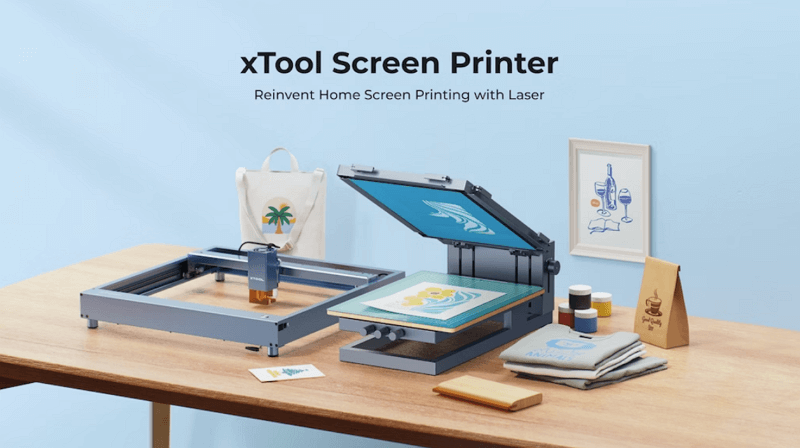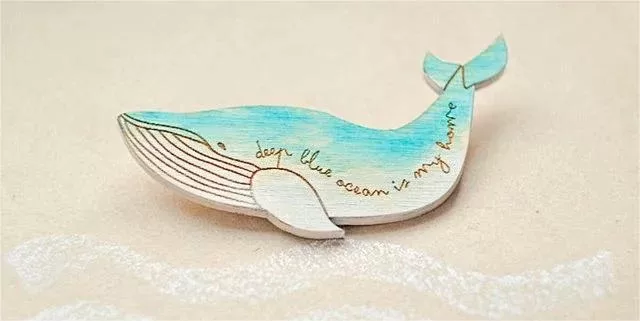Best Printers for Art Prints: Top Options for Artists

Are you an illustrator, digital artist, or photographer looking to make your creativity tangible? A printer is likely the first tool that comes to mind. But what kind of printer suits your needs best? Inkjet or laser? Are there any other affordable options that can deliver quality art prints?
This article aims to answer all your queries related to art prints, exploring the various printing options available and highlighting the best printers for artists.
Different Printing Options for Art Prints
When it comes to printing art, primarily there are two routes: digital printing and screen printing. Each technique carries its own set of benefits and drawbacks; and suits different types of artistic endeavors.
Digital Printing
Digital printing involves the use of modern printing devices to produce art from digital designs. You provide a printer with a digital file of your artwork, and it automatically generates a physical print. Within digital printing, there are two primary choices: inkjet printers and laser printers.
A. Inkjet Printers for Art Prints
Inkjet printers spray tiny droplets of ink directly onto the material to create images with precision and detail. Two technologies are currently common for drop formation: thermal technology and piezoelectric technology.
Thermal inkjet printers, used by brands like Canon and Hewlett Packard, heat ink to form tiny bubbles. These bubbles expand and force ink droplets onto the paper. Whereas, piezoelectric inkjet printers, patented by Epson, utilize electrically charged crystals that vibrate to push ink out of the nozzles.
Both these types of inkjet printers are great for art because they make high-quality, realistic prints with accurate colors. They can use either dye-based inks, which are bright but can fade, or pigment-based inks, which last longer but are a bit less vibrant. This makes inkjet printers popular among artists and photographers who need to print their work exactly as it looks.
Pros:
- Produce high-quality prints with vivid colors and detailed images.
- Can print on a variety of materials.
- Offer photo-realistic prints with accurate color reproduction.
- Suitable for short print runs due to their efficiency and lower upfront cost.
Cons:
- Slower printing speeds compared to laser printers.
- Printed images might fade over time, especially with exposure to sunlight.
B. Laser Printers for Art Prints
Laser printers use a laser beam to project an image onto a drum, which is then coated with toner—a fine powder. This toner adheres to the areas illuminated by the laser. The drum then transfers the toner to paper, and heat fuses the toner to the paper to create the final print. This process may seem long, but it’s much quicker compared to inkjet printing. That’s why laser printers are ideal for high-volume printing jobs.
Artists can opt for laser printers when they require consistent quality for large batches of prints, such as promotional materials, or when working on projects that don’t demand the color depth and variability an inkjet can provide.
Laser printers are also a good choice for artists who need to print text documents or line art with sharp, clean lines. They offer water-resistant prints, which is beneficial for art that will be handled frequently or displayed in conditions where moisture is present.
Pros:
- Fast printing speeds, ideal for high-volume printing tasks.
- Produce sharp and precise text and graphics with clean lines.
- Prints are durable and resistant to water and smudging.
- Require less maintenance than inkjet printers.
- Can handle large print jobs without needing frequent ink or toner replacements.
Cons:
- Color laser printers can be expensive to buy.
- Not as effective at producing high-quality color prints.
Screen Printing (Printmaking)
Screen printing is the oldest of four printmaking techniques. It is a traditional method that’s known for its high-quality and vibrant color prints on a range of materials.
The process begins with creating a stencil on a silkscreen, typically made from fine mesh. This stencil, which represents the areas to be printed, blocks ink in non-image areas. Ink is then spread over the screen and pressed through the mesh onto the printing surface beneath, transferring the design. Each color in the design requires a separate screen.
Screen printing is best suited for making vibrant, textured prints. Artists can layer different colors to achieve complex, multi-colored designs with a tactile quality that is difficult to replicate with digital printing methods.
Moreover, the handcrafted nature of screen printing adds a personal touch to each piece, enhancing its value and appeal in the art market. The method also allows for experimentation with various inks and substrates, enabling artists to print on canvas, paper, wood, fabric, and even metals.
Pros:
- Produces vibrant, high-quality prints with excellent color saturation and coverage.
- Can Print on multiple materials, including textiles, paper, wood, and more.
- Screen-printed items hold up well under heavy use and washing.
- Suitable for large print runs, becoming more cost-effective with quantity.
- Capable of creating unique, tactile textures.
Cons:
- Less suited for short print runs due to the initial setup effort and cost.
- Each color requires a separate screen, which makes multi-colored designs more labor-intensive.
- Not suitable for printing photographic images.


